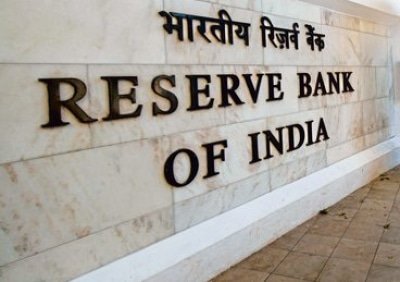Mumbai, Aug 6 (IANS) The Reserve Bank of India (RBI) on Thursday came up with a fresh set of risk capital charges for banks investing in debt instruments such as mutual funds or exchange-traded funds (ETF).
RBI Governor Shaktikanta Das said that computation of total capital charge for market risk shall incorporate elements of both debt and equity instruments.
This will result in substantial capital savings for banks and is expected to give a boost to the bond market, he said.
As per RBI’s extant Basel III guidelines, if a bank holds a debt instrument directly, it would have to allocate lower capital as compared to holding the same debt instrument through a Mutual Fund (MF) or Exchange Traded Fund (ETF).
This is because specific risk capital charge as applicable to equities is applied to investments in MFs or ETFs, whereas if the bank was to hold the debt instrument directly, specific risk capital charge is applied depending on the nature and rating of the debt instrument.
“It has therefore been decided to harmonise the differential treatment existing currently. At the same time, it is observed that a debt MF/ETF also has features akin to equity, since in the event of default of even one of the debt securities in the MF/ETF basket, there is often severe redemption pressure on the fund notwithstanding the fact that the other debt securities in the basket are of high quality,” RBI’s Statement on Developmental and Regulatory Policies said.
“Hence, it has been decided that the general market risk charge of 9 per cent will continue to be applied,” it said.
As per the latest circular, the specific risk capital as percentage of the exposure investment in Central and State Government Securities has been kept at zero per cent, investment in other approved securities of Central government is also at zero per cent while in other approved securities guaranteed by state governments, it has been kept at 1.80 per cent.
For corporate bonds, those with AAA rating the specific risk capital charge has been kept at 1.8 per cent and for those with AA rating the charge has been kept at 2.7 per cent.
“In case of debt mutual fund/ETF which contains a mix of the above debt instruments, the specific risk capital charge shall be computed based on the lowest rated debt instrument/instrument attracting the highest specific risk capital charge in the fund,” the circular said.
–IANS
rrb/sn/kr
